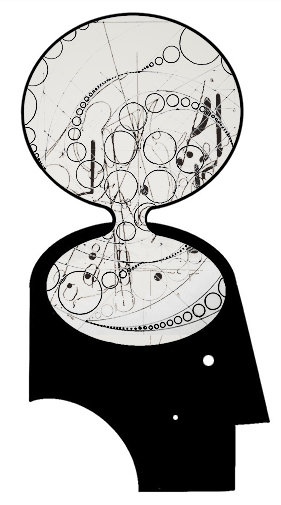IN NATURE
Individual Project
Course Tutor: (Level 3)
Dr. Khandaker Shabbir Ahmed
Dr. Zakiul Islam
Sayed Abu Sufian Kushol
The Nature Interpretation Center draws from my understanding that every element of nature—soil, water, air—houses its own ecosystem, each intricately connected to the other. When one layer is disrupted, the rest inevitably follow, threatening the delicate balance that sustains life. In light of this, the center was thoughtfully placed not within the untouched forest, but on a site at the village’s edge where human impact had already begun—a location once marked for a tea stall. By situating the center here, further encroachment into the forest is halted, creating a boundary that both protects the ecosystem and educates those who come to visit.
Many people wander through nature unaware of the countless ecosystems they affect with each step. The center, positioned at the village’s end, becomes a threshold, preparing visitors to see and appreciate these systems before they embark on their journey through the forest. From here, a winding trail leads them deeper, eventually arriving at a serene stream (jhorna), offering an immersive experience of nature’s beauty and complexity.
Visitors are encouraged to use the local cow cart as transportation, an authentic way to connect with the village’s culture before they even arrive at the center. This journey itself becomes part of the natural experience, offering glimpses into the daily lives of local people and their relationship with the land.
The zoning of the site follows the natural flow of movement—visitors enter from the primary path, while services are accessed from a secondary route. The once-planned tea stall has been reimagined into a kitchen space, its windows framing sweeping views of the periphery.
Inside the center, the design embraces shadow and contrast, allowing nature to be seen more vividly. This concept grew from my own visit to the site, where the humble tea stall offered a darkened refuge, heightening the visual connection to the surrounding environment. Around the stream, rocks lie scattered, and the water’s twisting path inspired the organic, fluid form of the building itself. The center merges with the land, its architecture flowing with the natural contours, refusing to impose rigid forms upon the landscape.
A twisted bamboo bridge, designed to blend with the meandering stream corridor, guides visitors on their journey from the village to the heart of nature, harmonizing with the twisting, organic shapes of the surrounding terrain.


JURY Sheet



